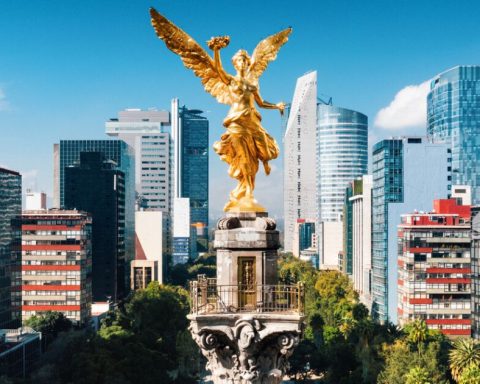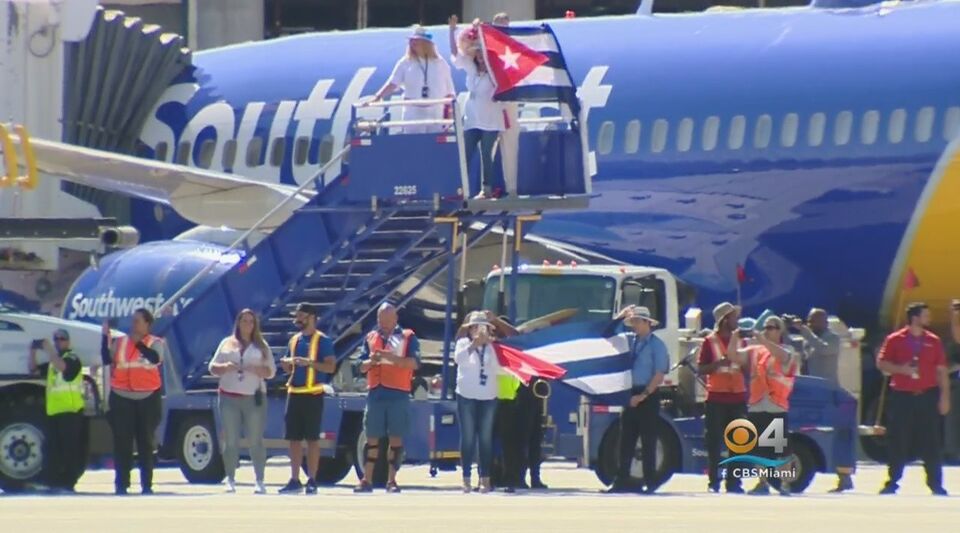Prices, however, were already soaring in the United States before Russia began its invasion of Ukraine.
In November, December and January, annual increases in the Consumer Price Index (CPI) of 6.8%, 7% and 7.5%, respectively, were recorded.
The government of Democrat Joe Biden is visibly nervous about the electoral cost that a historic rise in prices (the highest in forty years) may have in the November legislative elections and that, according to most economists, does not seem to be going to send immediately.
In his press conference, Psaki tried again and again to link the high prices with the war and Putin’s name and emphasized that the headline inflation figure will foreseeably be very different from the core inflation figure, since the conflict is particularly affecting the price of energy and unprocessed food.
The core inflation rate, also due tomorrow, excludes these two items (energy and fresh food, whose prices traditionally fluctuate more), and therefore Psaki expects it to be significantly more moderate than the headline inflation rate.
The US Bureau of Labor Statistics will publish the CPI for March first thing Tuesday, after this indicator registered a rise of 7.9% year-on-year in February, the highest since January 1982.
Energy prices (which include gasoline, crude oil, electricity and natural gas) soared 25.6% in February, led by the price of crude oil, with an annual increase of 43.6%, while gas rose 23.8%.












